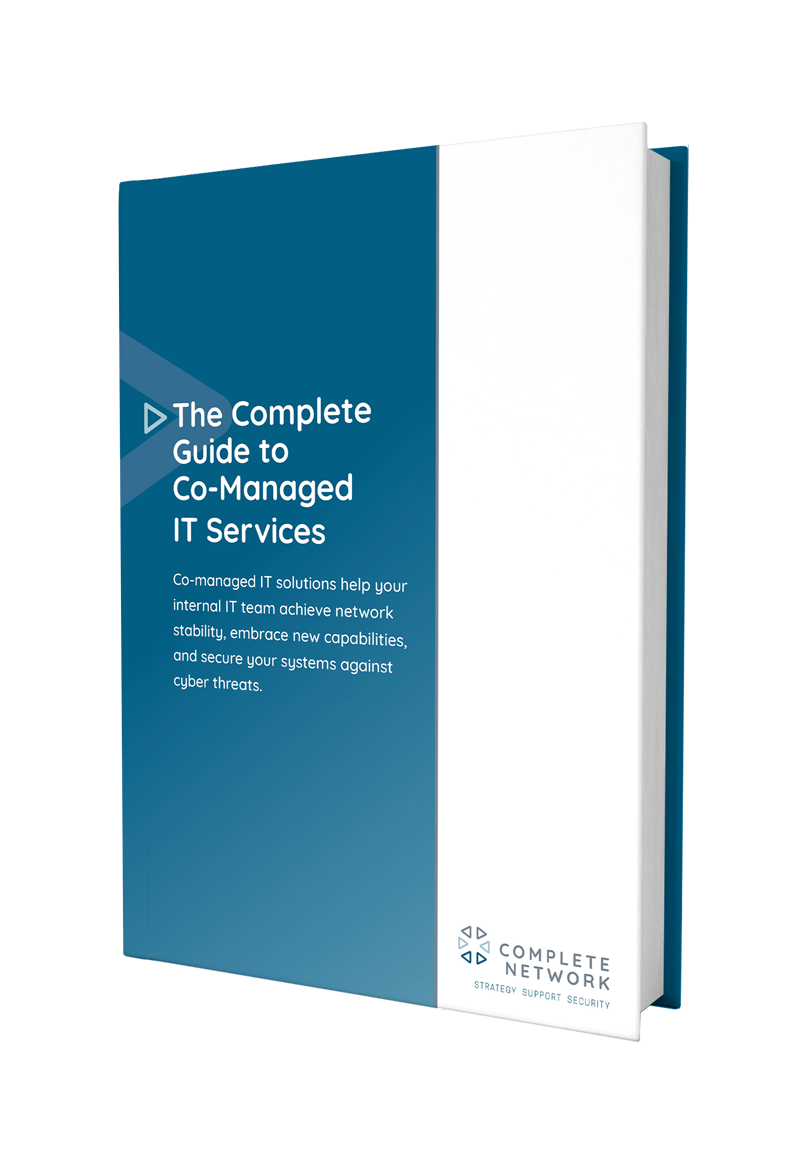An IT service level agreement (SLA) is a contract that defines the service standards a provider will meet for its customers.
CIO.com explains it this way:
“A service-level agreement (SLA) defines the level of service expected by a customer from a supplier, laying out the metrics by which that service is measured, and the remedies or penalties, if any, should the agreed-on service levels not be achieved.”
SLA questions are commonly asked by companies that are looking for an IT service. In this article, we’ll dive into what to expect from an SLA, so that you can have a better understanding as you search for an IT partner.
At a high level, SLAs cover what to expect from an IT service. More granularly, SLAs include things like:
Agreement overview. This is usually at the beginning of the SLA. It explains what the purpose of the document will be, what it will include, and any necessary definitions of terms.
Service goals, KPIs, or objectives. This section typically outlines what a provider will be attempting to deliver.
Contractual parameters. These relate to the scope of the contract – when it will be renewed, how cancellation works, how it can be modified, and so on.
Review processes. Most SLAs discuss how services will be tracked and measured to ensure that performance standards are met.
Revision and change data. SLAs tend to include a history of updates and revisions with accompanying dates.
Responsibilities. This section describes who will be responsible for outcomes. Usually, the service provider is responsible, but there may be some responsibilities that fall on a client – for example, the provision of information in a timely manner. This section also usually describes what will happen if outcomes aren’t met.
Repercussions. This section deals with the consequences for when SLA terms are not met. It may specify both provider and client recourse for failures to meet terms.
If you’re looking for even more information on the specifics, try reviewing an SLA template like this one; you’ll get an idea of how these documents are structured.
From the provider’s standpoint, SLAs can be helpful in outlining the work that will be delivered.
From the client’s standpoint, SLAs are important because, if you’re looking for an IT service partner, you’re likely looking for peace of mind about your IT systems. SLAs can go a long way toward providing peace of mind; they ensure that your provider will meet certain standards.
Essentially, they guarantee a certain level of IT service.
For example, your SLA might say that your provider is required to respond to your ticket request in at least 24 hours.
Or it might say how a ticket will be escalated if it isn’t resolved immediately by a helpdesk technician.
Or your SLA might define the services you can expect to receive – it might say that your engagement will get you access to eight hours of onsite support from a technician. The terms are right there, in black and white.
The point is that, with an SLA, you know what you’ll get.
It’s worth noting that SLA is a fairly broad term that can be broken down further into two categories.
Customer-based SLAs. These are service-level agreements that are unique to each customer that a provider serves; they specify terms for individual engagements. For example, an IT service might specify with one client that they will provide same-day on-site support for relevant issues, while with another client, they might provide on-site support within 48 hours.
Service-based SLAs. These are service-level agreements that are applicable to all customers that a provider serves. For example, an IT service might contractually guarantee that all of its customers will experience 99% network uptime.
The repercussions for a broken SLA are often specified in the SLA itself (as noted above). In other words, they vary according to the context.
At a bottom-line level, though, a broken SLA is a broken contract, which is a serious reality. This can lead to a refund for services delivered or even the termination of the engagement.
Hopefully, the information here has given you a solid foundation as you consider how SLAs work and how they provide value.
Of course, if you’re interested in SLAs, you’re likely concerned with having peace of mind about your IT systems. If that’s the case, let’s talk.
At Complete Network, we help companies in Albany, New York, Charlotte, North Carolina, and Bluffton, South Carolina with game-changing IT support. We live up to and beyond our SLAs to provide our clients with technology support that goes beyond dependability to become an advantage.
The bottom line is that an SLA is helpful – but it’s only the baseline. To learn how our strategic IT services can benefit your business, schedule a call with one of our expert consultants today.
In an ideal world, technology would be a consistent source of competitive advantage and benefit for small and midsized businesses. The reality is that many fail to realize that confidence.
Without the right resources and support, even a highly skilled technology team can become overwhelmed by the growing list of technology management duties. When important tasks get neglected, it creates ripple effects throughout an organization that damage productivity and efficiency.
The co-managed IT services model solves these problems by providing your existing IT team with all the support and resources they need to successfully plan, manage, and defend your network technology.
This guide covers:
Download it for free by filling out the form here.
